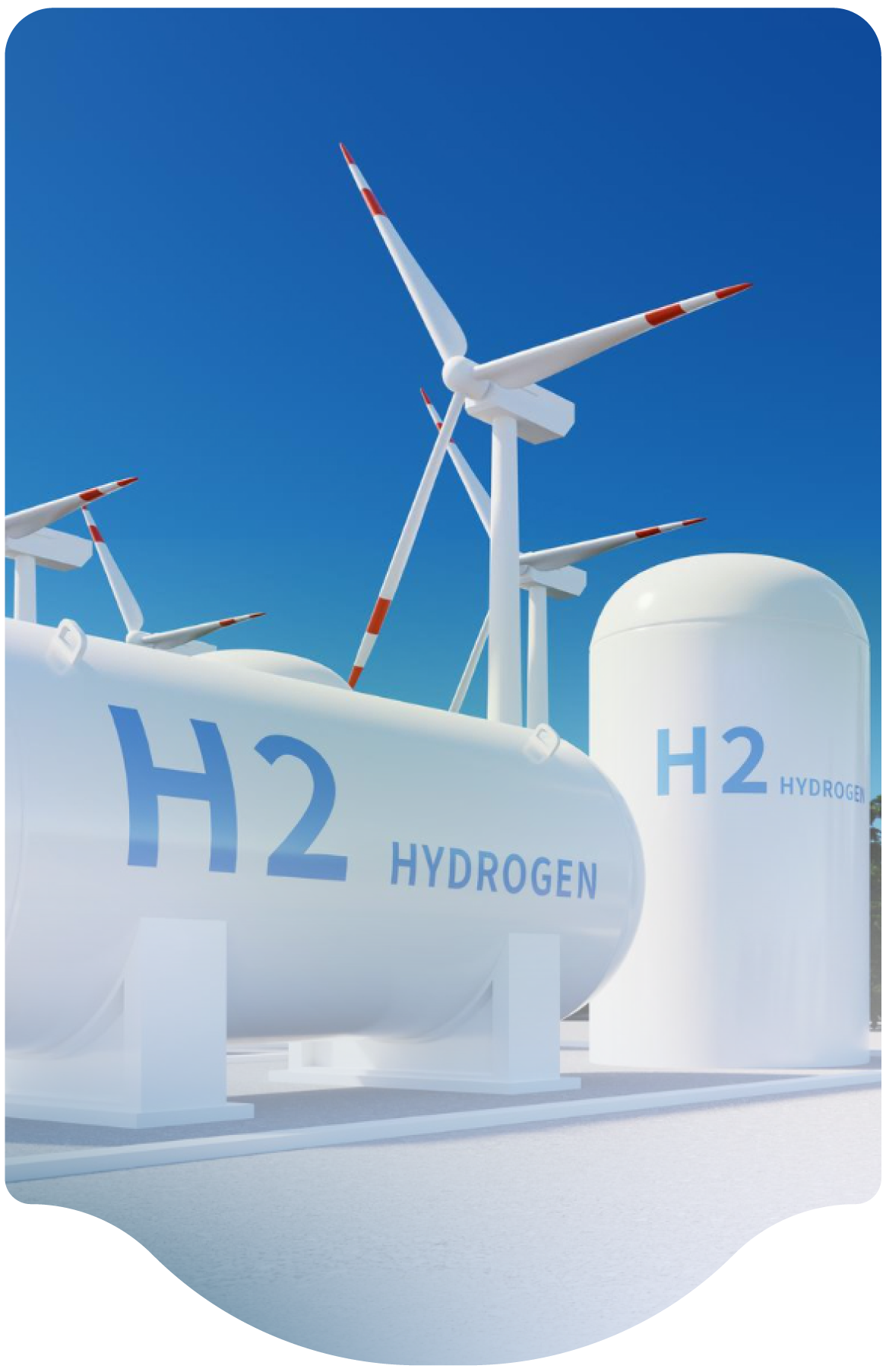- Home
-
Resources
- Center for Hydrogen Safety
- Hydrogen Fuel Cell Codes and Standards
- Learnings & Guidance
- Paper & References
- Web-based Toolkits
- Workforce Development

- Contact
- About H2Tools
- Welcome to the Hydrogen Tools Portal
- helpdesk@h2tools.org
FAQ
Frequently Asked Questions
Question & Answer
Category
FC Electric Vehicles, Fueling Stations, Hazards Analysis
Category
FC Electric Vehicles, Fueling Stations, Hazards Analysis
- 40 results found
- Clear All
It’s not clear if “mobile” in the question refers to vehicle fuel tanks, or vessels used for transportation of hazardous materials.
- If it’s a Type 4 vessel for transportation of hazardous materials, it will be built to a special permit that details the inspection requirements. Special permits vary but they are generally consistent on a 5-year requalification period, which also…
Category: FC Electric Vehicles
Keywords: FC Vehicles, Storage, Tank, Inspection
FCEVs usually contain only a minimal amount of hydrogen fuel pressure (several Mpa) to support getting the car on and off car carriers. Panel members are not aware of any hydrogen release incidents during vehicle loading and don’t know what the probability of such a leak is considering the loading operations. A risk assessment accounting for the probability of collisions as well as leaks from…
Category: FC Electric Vehicles
Keywords: FC Vehicles, Ferry, Ship Transport, Lifting Equipment
Generally speaking, the International Fire Code and NFPA 2 apply to non-transportation use of hydrogen. These are maturing quickly, with NFPA 2 currently having issued its most recent edition in 2023. Standards for both on-board LH2 tanks and LH2 tankers for bulk fuel transport are managed by the U.S. Department of Transportation (DOT) and are well established. DOT transport requirements for…
Category: FC Electric Vehicles
Keywords: FC Vehicles, Gas, Liquid, Transport, Standard
Hydrogen gas storage and fuel cell systems are typically closed systems with a variety of monitoring and control functions to prevent leaks. Please check with the bus manufacturer and authority having jurisdiction to verify this is acceptable per their direction. However, a good safety practice would be to minimize the time spent indoors for these activities. Hydrogen vehicles maintained in a…
Category: FC Electric Vehicles
Keywords: FC Vehicles, Indoor Carwash
If liquid hydrogen usage is sufficiently high at the fueling station, there may be no need to vent any boiloff generated from the LH2 storage tank. Boil-off gas should be minimized through system design, but where needed, the boil-off hydrogen along with any other hydrogen released must be vented through a local vent stack which is constructed to safely vent the hydrogen in accordance with CGA…
Category: Fueling Stations
Keywords: Fueling Station, Boil-off Gas, Venting
In the U.S., liquid hydrogen fueling stations and dispensing equipment are addressed within NFPA 2, Chapter 11. Dispensing is covered within Section 11.3. When liquefied hydrogen is used as the supply for high pressure gaseous fueling, then Chapter 10 of NFPA 2 would apply.
ISO standards are also being developed for global LH2 fueling protocols.
Category: Fueling Stations
Keywords: Fueling Station, FC Vehicles, Dispensing, Charging
Flammable hydrogen releases can result in deflagration and transition to a detonation. Whether the
deflagration transitions to a detonation depends on numerous parameters such as cloud size, hydrogen
concentration, confinement, and congestion. Releases into confined or congested areas are more
susceptible to generating significant deflagration over-pressures and more likely to…
Category: Hazards Analysis
Keywords: Detonation, Deflagration, Flammable Clouds
There are numerous models that can be used to assess the consequence and risk of leaks and releases.
One such model is HYRAM which is publicly available from Sandia and the US DOE.
Category: Hazards Analysis
Keywords: Leak, Simulation Models, HYRAM, Risk Assessment
Emergency response procedures must be developed for each system based on its design. The
procedures generally include steps to clear personnel from the immediate area, isolate the hydrogen,
shut down the equipment, contact local responders, and protect surrounding equipment/structures until
the hazard is mitigated or the incident is over.
Category: Hazards Analysis
Keywords: Emergency Response
Hydrogen has been used as a fuel to operate cars, buses, trucks, submarines, aircraft, forklifts, trains and virtually every type of mobile equipment. Each has special considerations which often drive specific requirements for that vehicle type. For example, higher g-loadings of rail operations and operations within tunnels are a couple considerations, but there are no significant barriers…
Category: FC Electric Vehicles
Keywords: Train
We are professional and reliable provider since we offer customers the most powerful and beautiful themes. Besides, we always catch the latest technology and adapt to follow world’s new trends to deliver the best themes to the market.
Contact info
We are the leaders in the building industries and factories. We're word wide. We never give up on the challenges.
- 2 Queen Street,California, USA
- (+84) 04 123 456
- :Helpdesk@h2tools.org
